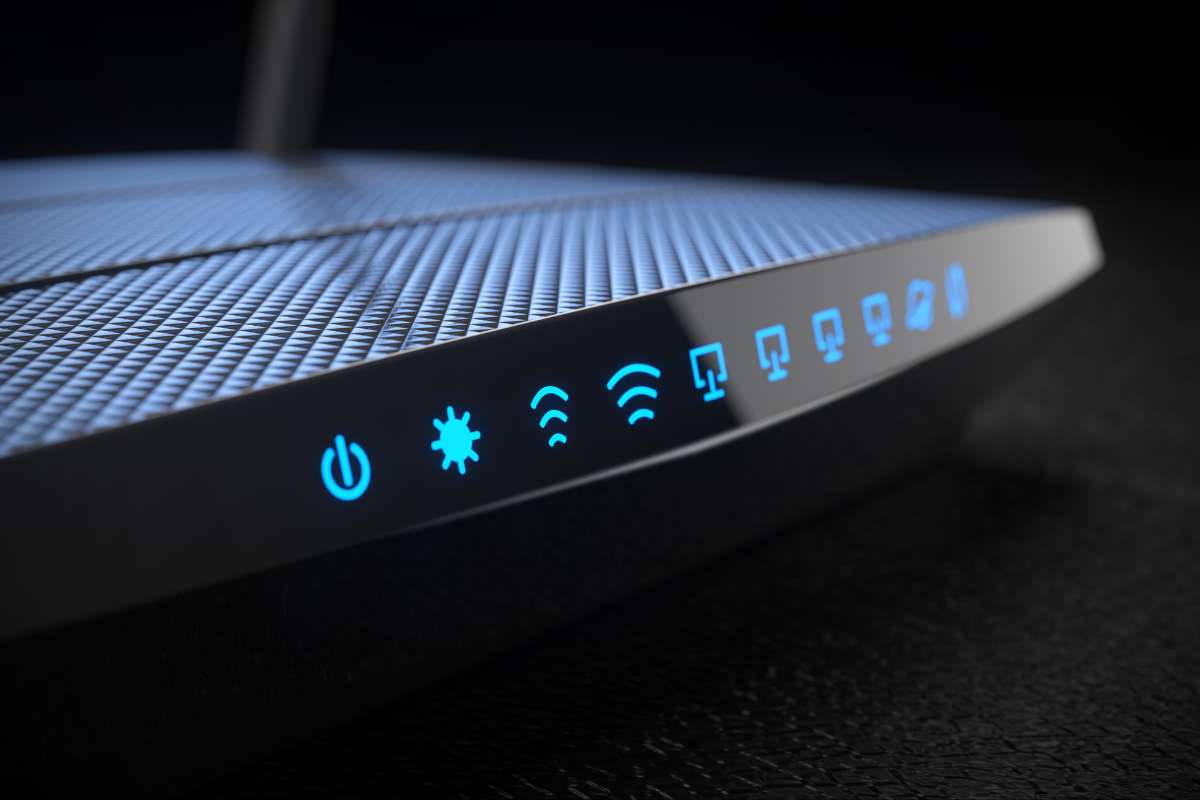
These two concepts, "bandwidth" and "latency," must be very familiar to you if you are an active internet user. They are not the same thing, despite the fact that many people think they are. More bandwidth is better in terms of performance, whereas less latency is preferable. You can get the most out of your internet connection if you are aware of the differences between the two. Let's examine what each term means in more detail.
What is Bandwidth?
The amount of data that may be transported from point A to point B at any given moment is referred to as bandwidth. Therefore, greater bandwidth would allow for the transfer of more data at once. How much data can be transferred to your device at one time is how bandwidth for an internet connection is assessed. One thing to keep in mind is that, due to network congestion and other variables, the actual bandwidth you receive will always be lower than the network's total bandwidth.
What is Latency?
The term "latency" refers to the amount of time the signal needs to travel to the destination and return. The computer sends a "ping" to a distant server and counts how long it takes for the ping to return with data. Therefore, lower latency will result in a faster response time because the ping will take less time. The results on the screen would appear more slowly if there was higher latency.
Every time you submit a request to a social media site or to Google, a signal is transmitted from your computer to the server, which then relays the requested data back to your computer. You will be able to access the information more quickly the sooner this occurs.
Uses for Bandwidth and Latency in Various Tasks
Since most of the game's components have already been downloaded, online multiplayer games like Call of Duty: Mobile, PUBG Mobile, and others use less bandwidth. However, minimal latency is necessary to support real-time gameplay. If the network has a high latency, the game's actions won't happen in real time, putting you behind other players and causing "lags" or “delays."
High bandwidth and low latency are both crucial for video calling. This is due to the fact that while video calling, high bandwidth is needed to maintain call quality (both sound and visual quality) and low latency is needed to maintain sound and audio synchronisation; otherwise, there may be significant delays that result in a terrible chat experience.
Low latency would delay the initial opening of the page even though it would load quite quickly thereafter, and low bandwidth would result in longer load times for even the smallest of pages when browsing. These are just a handful of the applications that benefit from low latency and high bandwidth.















